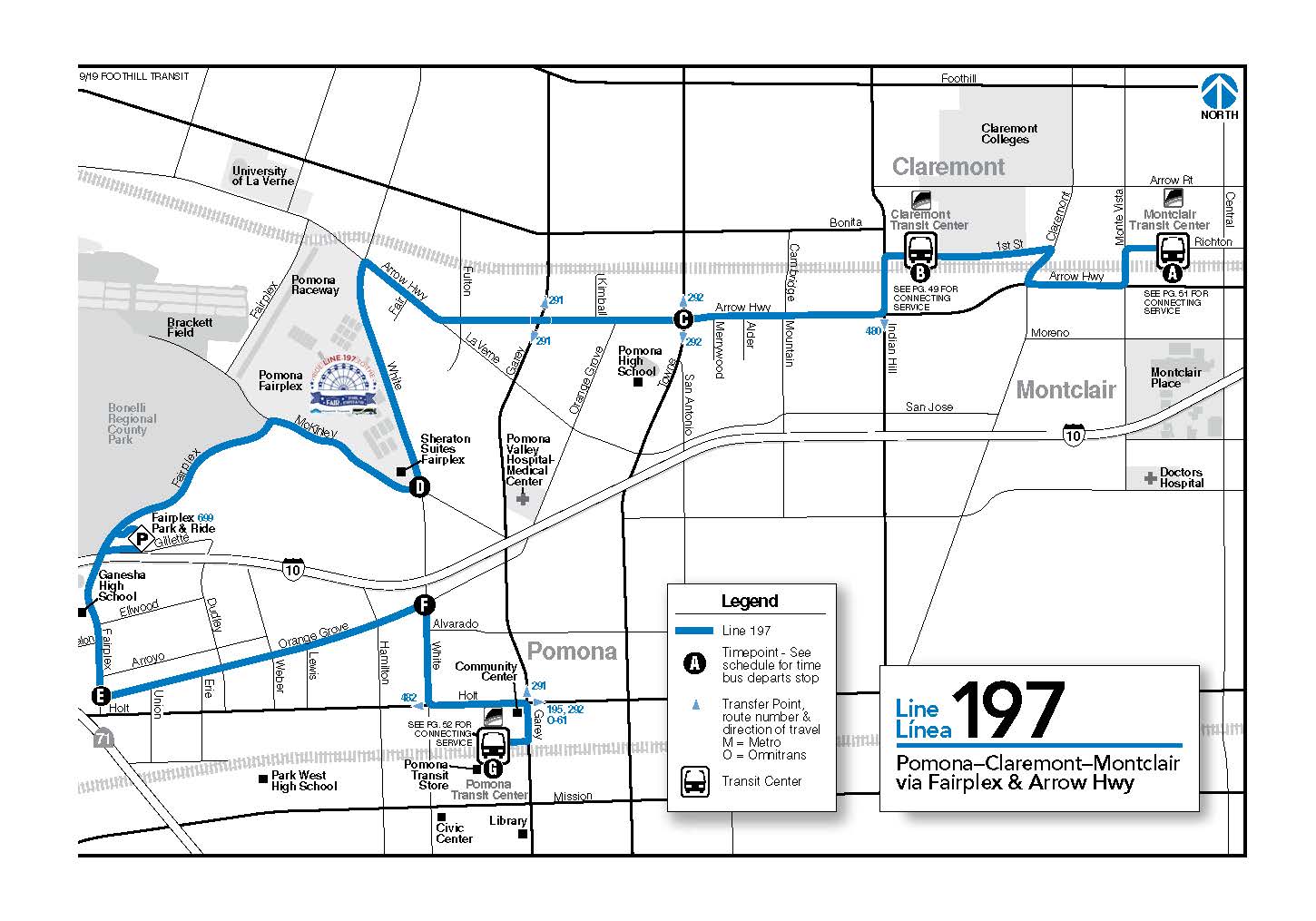Speaking with Steven Cliff, Caltrans’ New Sustainability Director
9:02 AM PST on November 20, 2014
As part of its ongoing work to expand its focus beyond just highways, California's Department of Transportation, better known as Caltrans, recently created a new position -- the Assistant Director of Sustainability. Steven Cliff, the new hire, will oversee the integration of one of the department's newest goals: “Sustainability, Livability, and Economy.”
Cliff comes from the California Air Resources Board, where he helped develop ways to implement AB 32, the Global Warming Solutions Act, and helped develop the cap-and-trade program. He has a background in global climate science and air quality research at the University of California, Davis, where he held a research faculty position before taking on policy work at the ARB.
Changes at Caltrans
Caltrans' sustainability goal is part of the department's newly formulated mission and vision statements. Those statements resulted from months of intensive work in response to outside pressure on the department to face the fact that its car-focused, highway-loving, bureaucratic ways were not serving Californians.
The pressure came from the California State Transportation Agency (CalSTA), the new-ish agency with oversight over Caltrans and several other agencies, including the Department of Motor Vehicles and the California Highway Patrol, that before 2013 answered only to the governor.
One of CalSTA's first actions was to commission an outside study on the state of affairs at Caltrans.
The resulting report, from the State Smart Transportation Initiative [PDF], ripped into Caltrans, calling it rigid, out of step, and overly risk-averse. The report led to several legislative hearings last year, and led to Caltrans' endorsement of the NACTO Urban Street Design Guide as an alternative to the department's own hidebound guidelines, which squelched safer and innovative street designs -- especially bicycle infrastructure.
Caltrans dumped its old mission statement, "Improve mobility across California," for a new one: "Provide a safe, sustainable, integrated and efficient transportation system to enhance California’s economy and livability."
In the process it also came up with a new vision statement and formulated ten new goals to help achieve that vision. The newest one, “Sustainability, Livability, and Economy,” Caltrans explains as: “[Making] long-lasting, smart mobility decisions that improve the environment, support a vibrant economy, and build communities, not sprawl” (emphasis added).
Cliff, the new Assistant Director for Sustainability, has the job of leading up the effort to develop the sustainability goal, create objectives for it, and formulate performance measures to evaluate how well those objectives are achieved. When the work is finished, it will help inform the department's five-year strategic plan, due next spring.
Currently there are ten draft sustainability objectives, including improving transit, reducing greenhouse gas emissions and single occupant vehicle trips, and investing in improving freight corridors. Cliff has been reaching out to Caltrans employees and beyond to get input on how to define specific performance targets and identify barriers to reaching them.
“The particular goal of sustainability, livability, and economy is new for Caltrans,” said Cliff in an interview with Streetsblog. “It is taking a lot of new work to develop, to understand what it means, and figure out what our role is in achieving it.”
“I've been here three months, and it's still evolving as we work through it.”
Defining Sustainability
“I think that people confuse sustainability with environmental policy or environmental goals, and sustainability is much broader than that,” said Cliff. “But it's about the economy, equity, and the environment. We call it the three E's.”
“Part of what we're trying to do is make sure it's understood that we shouldn’t just be thinking about the economy, we shouldn’t just be thinking about the environment, we shouldn't just be thinking about equity. It's really all three of those together--and they aren't competing. In fact, you need all of them to improve in order to benefit each one of them individually.”
“As the state department of transportation, we need to be thinking much broader than a highway system,” he added. “We need to be thinking about all modes of transport. Sustainability is really a good way to coalesce all of that great thinking into one particular goal.”
Those are amazing words to hear from a Caltrans assistant director, especially given the department's reputation for adamant adherence to planning practices that have focused on making driving safe and easy, to the detriment of other users.
When asked about that reputation, Cliff demurred. “What I'm finding across the board is a very thoughtful, extremely charismatic group that is really committed to achieving this goal,” he said. “The folks at Caltrans have been working on these different objectives over time. It may be the first time they've been expressed in one place, and it may be the first time there's a particular champion who's trying to bring them all forward.”
“The fact is, we have a management system, we have a legislature, and we have a governor who’s absolutely committed to changing things going forward. Caltrans' goal is to achieve near zero emissions by mid century, and in order to do that and still maintain our position in the world as the eighth largest economy, we need to do things differently.”
“Everybody in Caltrans has a role in ensuring a culture change,” he added. “From my own personal view, what I have observed is a group of experts, a real esprit de corps around the expertise, similar to what I saw at ARB. At Caltrans we're experts in transportation, and that kind of expertise is pretty critical towards developing the system in a way that is sustainable.”
“For me it's very rewarding to do this, because I have an opportunity to work with a variety of Caltrans staff and to understand the department from a number of different perspectives. I'm working with planning, construction, building, maintenance, equipment--all the various departments and all the various divisions across Caltrans--to understand the perspectives they bring to developing the performance measures and towards achieving our sustainability goals.”
When asked specifically what Caltrans would do to encourage active transportation, he pointed to the Active Transportation Program, which funds projects that encourage bicycling and walking by improving safety and convenience for them. Caltrans administers the program, but the funding comes from other state and federal sources. (The ATP last week announced a third round of allocations; the list of funded projects is here.)
“Through guidance, and discussions, and active participation, and at the local level, we can help encourage more active transportation,” he said. “That's a goal of the department, both under sustainability but also under safety and health, which seeks to promote health through active transportation.”
Words, Words, Words
Like all the new leadership at CalSTA and Caltrans, including Caltrans Director Malcolm Dougherty (see him discuss these issues from a bike seat here), the new Assistant Director of Sustainability is saying the right words. And if all it took to “turn the ship” at Caltrans, and in the state's transportation system, were clearly elucidated goals, we'd almost be there already.
But it's going to take more than that. What remains to be seen is how the words and lofty goals translate into real changes on the ground—into transforming our communities from car-dominated spaces to people-friendly realms.
Caltrans Assistant Director of Sustainability Steven Cliff is scheduled to give a talk on January 28 at Caltrans' Planning Horizons educational forum. The talk will be available online here.
Email tips, alerts, press releases, ideas, etc. to melanie@streetsblog.org.
For social media coverage focused on statewide issues, follow Melanie @currymel on Twitter or like our Facebook page here.
Stay in touch
Sign up for our free newsletter
More from Streetsblog Los Angeles
No, L.A. City Does Not Always Add Required ADA Ramps During Resurfacing, But They Should
StreetsLA GM Keith Mozee "Any time we do street resurfacing, it is considered an alteration, which requires ADA ramps to be installed."
LAPD Was Crossing Against Red Light in Crash that Killed Pedestrian and Injured Six in Hollywood
The department says the officers had turned on their lights and sirens just before crossing, but won't say why they did so.





